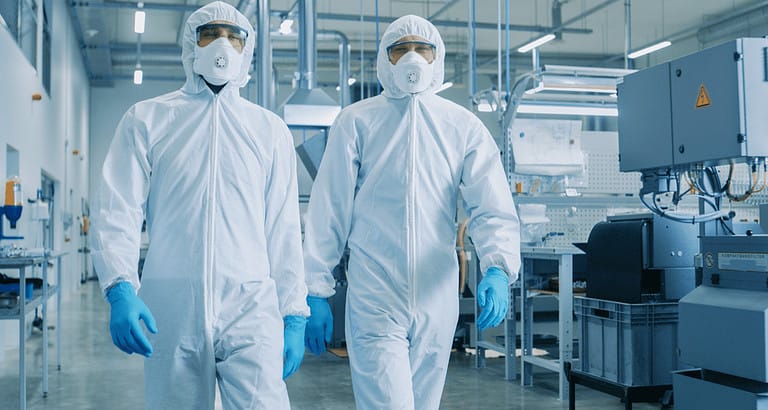ASML will deliver a scanner for High-NA EUV lithography for the first time this year, CEO Peter Wennink promises. An undisclosed customer will be the first to be able to use this tool for R&D purposes. Chances are it will be Intel.
The Twinscan EXE:5000 is a “pilot” for later iterations of High-NA EUV technology. It allows chip companies to familiarize themselves with the new fabrication technique before mass production is possible. By 2025, the Twinscan EXE:5200 should enable chips to be produced on a large scale. The machine makes it possible to apply EUV (extreme ultraviolet) technology with sharper resolution. This resolution is usually defined by numerical aperture (NA): the closer that number is to 1, the sharper. Previously, ASML was able to deliver 0.33 NA EUV machines, while the new scanner reaches 0.55 NA.
Specifically, these are processors that use a smaller manufacturing process than what is currently possible: 5 and 4 nanometers are currently the most advanced nodes widely deployed. 3 nm is being used by TSMC for the first time this year, as with Apple’s A17 chip for the upcoming iPhone 15.
Also read: iPhone 15 to be unveiled on September 12: what can we expect?
Essential for the most advanced chips, but at a steep cost
Wennink told Reuters that the machines are coming to market a bit later than previously thought. “A few suppliers had some difficulties in actually ramping up and also giving us the right level of technological quality, so that led to some delay. But in fact, the first shipment is still this year.”
Tom’s Hardware expects Intel to be the recipient of the first EXE:5000 to prepare for the first chips with a manufacturing process below 18 Angström, or 1.8 nanometers. The machine will be extremely expensive, though: estimates from Anandtech and other sources range from $300-400 million, considerably more than the $200 million cost of a 0.33 NA EUV scanner.
In addition, chip giants will have to renew their fab infrastructures to adopt the latest process nodes. Not only EUV scanners, but also updated optics and a larger light source are needed to enable the smaller chip processes. As usual, all this does lead to efficiency gains within modern chips, with continuous innovation to keep improving performance per chip generation.
Incidentally, these machines will not be exported to China due to restrictions placed on them by the Netherlands. The older DUV (deep ultraviolet) equipment may still be delivered to that country until the end of this year to fulfill contractual obligations.
Also read: ASML can still supply DUV machines to China until start of 2024
